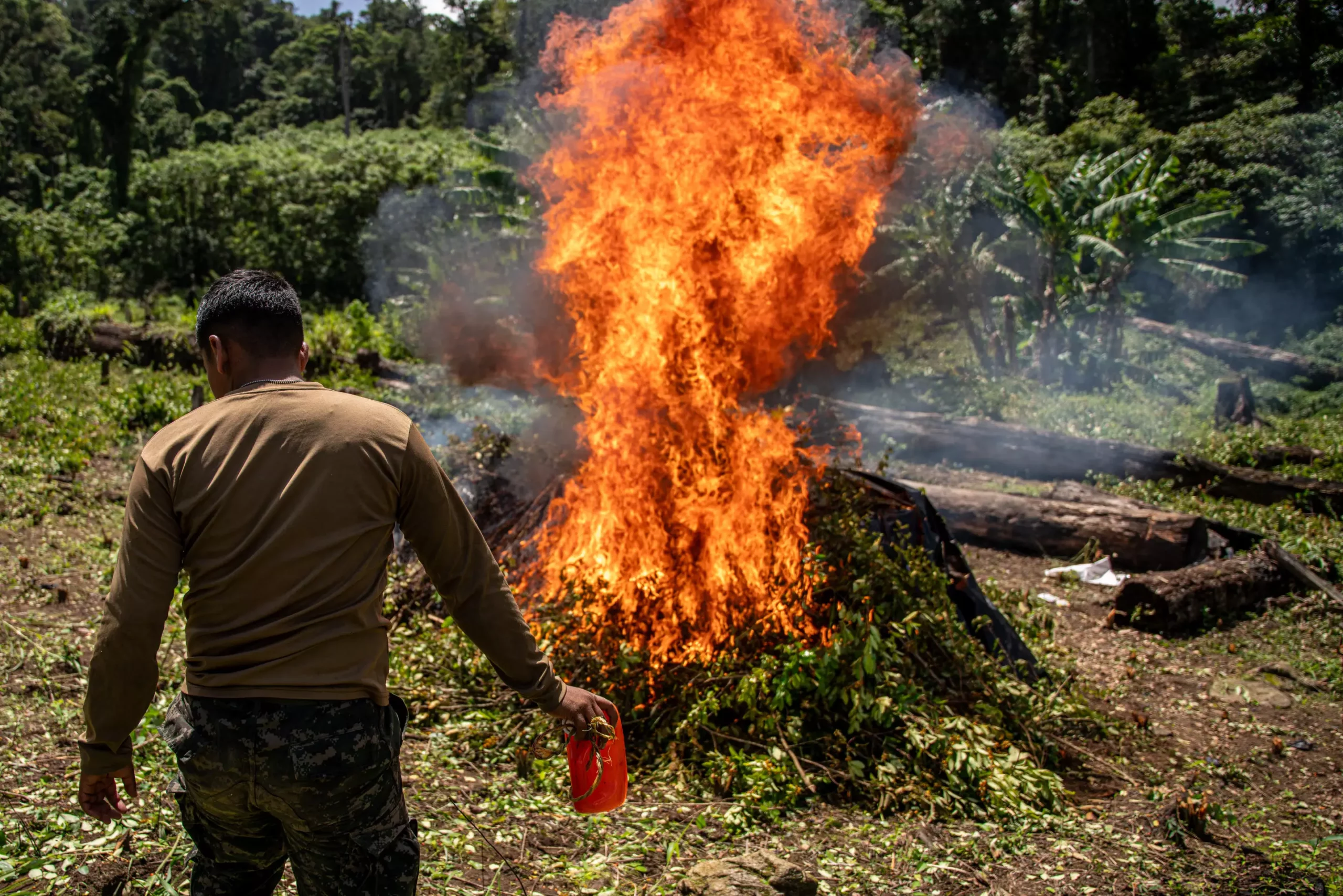For decades, the coca plant, from which cocaine is derived, has predominantly been associated with South American countries, particularly Colombia, Peru, and Bolivia. However, recent research has unveiled a shocking potential for coca cultivation in northern Central America, specifically in Honduras, Guatemala, and Belize. This surprising finding raises alarms about the future of coca production and the mechanisms of the international cocaine trade, highlighting the need for urgent consideration from policymakers and law enforcement agencies.
A pivotal study released by researchers from The Ohio State University and the Universidad del Tolima has revealed that nearly 47% of northern Central America possesses favorable conditions for coca cultivation. The researchers began their investigation in response to increasing reports about coca eradication efforts in Central American nations. Kendra McSweeney, a geography professor and lead author of the study, describes this shift in coca growing dynamics as significant, marking an end to South America’s monopoly over the international cocaine market. The research utilized a combination of historical press releases, media reports from eradication operations, and advanced machine-learning techniques to ascertain ideal agricultural conditions for coca in Central America, comparing these regions with known coca-growing areas in Colombia.
The study poses a crucial question: Why would coca cultivation shift to Central America when South America already experiences an abundance of coca production? While no definitive answers are available, several theories suggest that changes in regional dynamics could be driving this potential shift. For instance, the cessation of armed conflict in Colombia since 2016 has prompted re-evaluations of coca farming’s management. Proximity to northern markets, including the United States, presents a strategic advantage for traffickers, facilitating shorter supply chains and reducing the risk of interdiction by maritime enforcement agencies. Moreover, compared to Colombia, precursor chemicals for cocaine production are less stringently regulated in Central America, making these countries more appealing for criminals looking to establish coca-growing operations.
Given the implications of their findings, the researchers grappled with ethical quandaries surrounding the publication of this study. A significant concern was the possibility of supplying useful information to drug trafficking organizations that would aid them in capitalizing on Central America’s agricultural conditions. There were fears that local law enforcement agencies could misinterpret the research, leading to unwarranted suspicion and persecution of rural communities located near potential coca fields. Despite these apprehensions, local co-authors and stakeholders in Central America advocated for disseminating the study’s results, arguing that public awareness could spark meaningful discussions on drug policy and prevention measures.
McSweeney and her research team clarified that while coca growth remains infrequent in Central America at present, this should not diminish the urgency to address the looming threat of coca cultivation expansion. The future of coca production in the region will significantly depend on how each nation interacts with the issues highlighted by this emerging trend. Historical data has shown that merely eradicating coca plantations tends to displace these operations, allowing them to flourish elsewhere rather than eliminating the problem.
To combat this emerging concern, the researchers advocate for a paradigm shift in drug policy. Rather than relying on traditional supply-side strategies characterized by arrests and crop destruction, new approaches that promote socioeconomic development and community engagement should be pursued. For instance, investing in alternative livelihoods for farmers can create sustainable economic opportunities, thus undermining the appeal of illicit coca cultivation.
The study underscores a significant and pressing challenge in the drug trade landscape, predicting that Central American nations are at risk of becoming the next frontier for coca cultivation. This development necessitates immediate and innovative policy responses that do not perpetuate the cycle of eradication and displacement. As McSweeney emphasizes, the focus should extend beyond Central America, integrating regional cooperation and addressing the root causes driving the drug trade. The findings call for a rethink of strategies that go beyond enforcement and eradication, promoting long-term solutions to mitigate the impact of the cocaine industry on vulnerable communities in the region. The time has come to address coca cultivation holistically, combining law enforcement with an emphasis on economic development and community resilience.


Leave a Reply